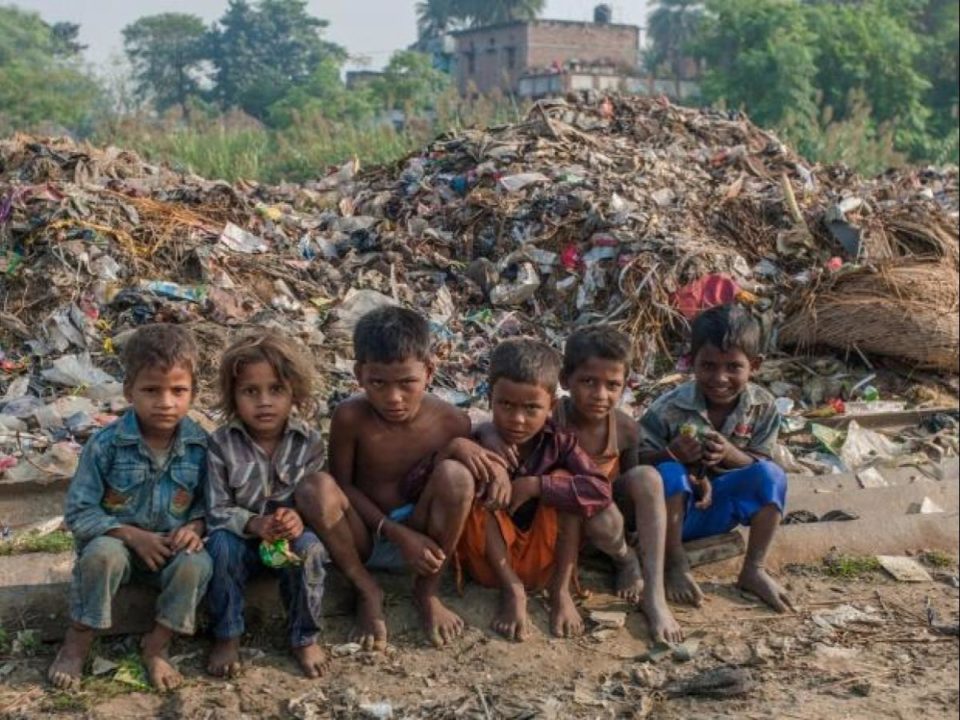
WASHINGTON: World Bank has observed that India has been successful in reducing the poverty rate to half its value recorded since the 1990s. The World Bank, ahead of its annual meeting International Monetary Fund (IMF), also said that India has secured an annual growth exceeding seven per cent in the last 15 years and the growth rate is expected to climb in the coming years. With the economic trend today, India is all said to eliminate extreme poverty within a decade, thus meeting the Sustainable Development Goal – no. 2 (SDG – 2) before the deadline, according to World Bank. Hans Timmer, Chief Economist for South Asia, World Bank, has observed that “80 per cent of the economic slowdown” in India could be coming from the international causes.
He noted the transmission mechanism of India has been advancing. He highlighted that world trade is dependent on the economic conditions of each country. “In the past we always thought that you have a shock in another part of the world, say a high-income country than import amount is coming down, and that means that export opportunities for developing countries are coming down. They see their export slowing and then the whole domestic economy is slowing also”, he added.
Other South Asian countries have delivered mixed results in terms of economic growth in the previous decade or so. Growth in South Asia is expected to decline to 5.9 per cent by the end of 2019, which is 1.1 per cent less than April’s growth rate measured jointly in the countries. Neighboring countries of Bangladesh and Nepal will fare better in terms of economic growth in comparison to India, whilst Pakistan’s economy will continue to decline at a rapid rate and has already deteriorated to 2.4 per cent.
The bank also noted that India is both essential for the success of global development efforts. This also includes the elimination of extreme poverty, climate change amongst accomplishment of other SDGs.
However, the organisation also noted that although the development trajectory is on the right path, considerable challenges are yet to be faced in the future and hence, should be debated upon. Ahead of their annual meeting with the IMF, the World Bank brought forth some key suggestions for India to implement to better the situation.
Firstly, given the expanding population and limited resources, India needs to better their resource utilisation management in order to ensure sustainable growth. Proper planning of cities is the need of the hour to further economic development, as cities are essentially at the center of driving the economy forward. India’s water management will need to ensure an adequate shift to water allocation to higher-value uses and policies to increase the value of water use within sectors. Electric supply must be less carbon intensive and far reaching as 230 million of the Indian population doesn’t have proper grid connections.
A shift in the investment towards infrastructure must be sought. An estimated 8.8 per cent of GDP or $343 billion a year until 2030 is essential to ensure this shift. Female labor force participation is amongst the lowest in the world and work towards overcoming this by promoting education is called for.
India’s public sector institutions will need to be modernised in order to provide services and regulations that match the aspirations of developing nation. This will, thus, result in making the infrastructure more effective and improve the ability of the state to interact with the private sector, and strengthening the compact among tiers of government to improve service delivery, the bank said.

